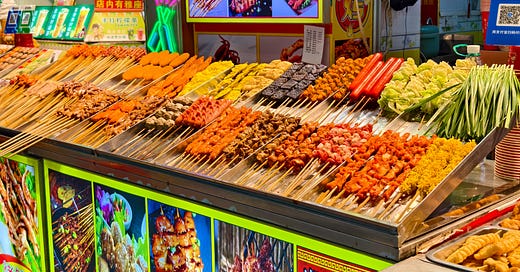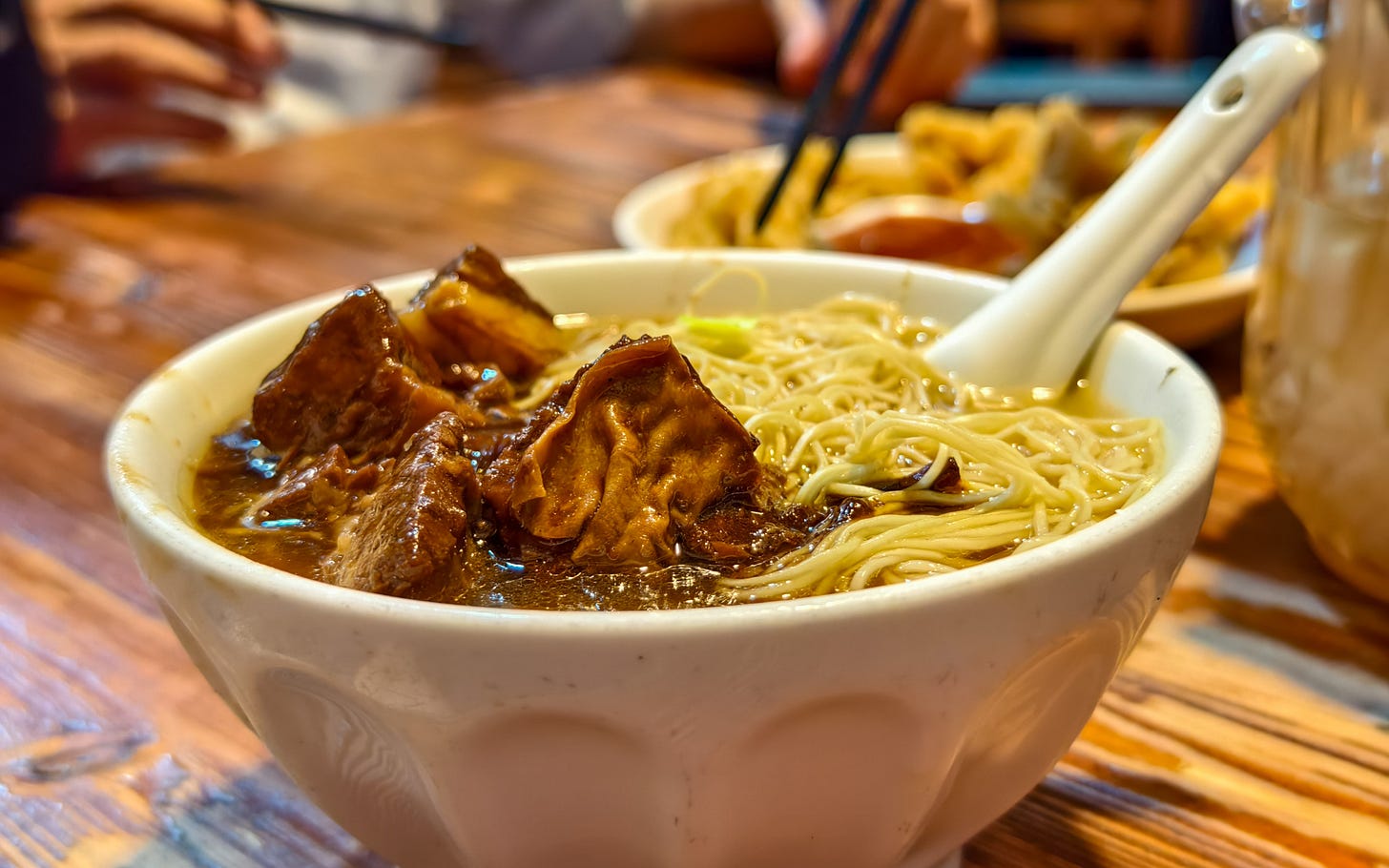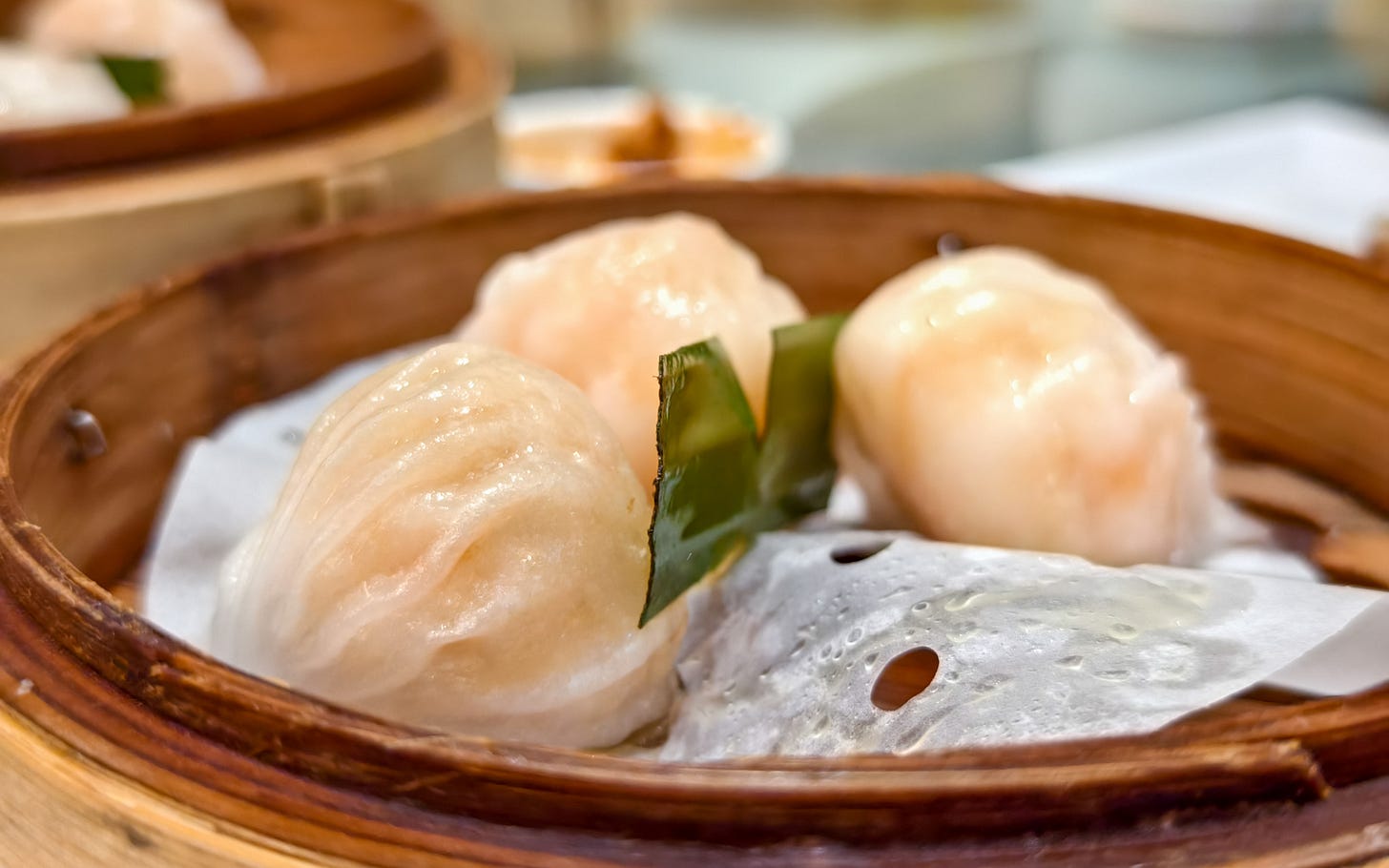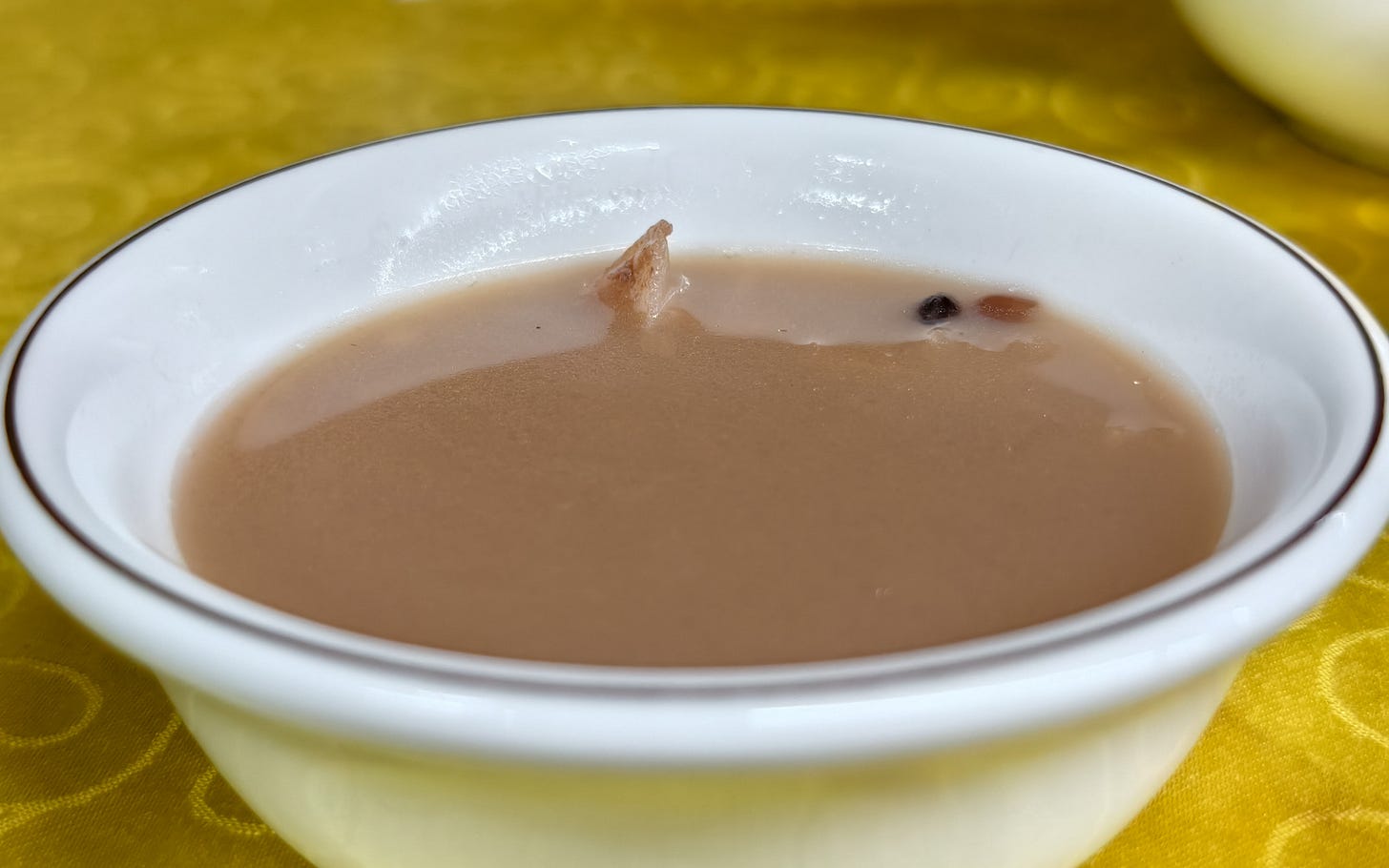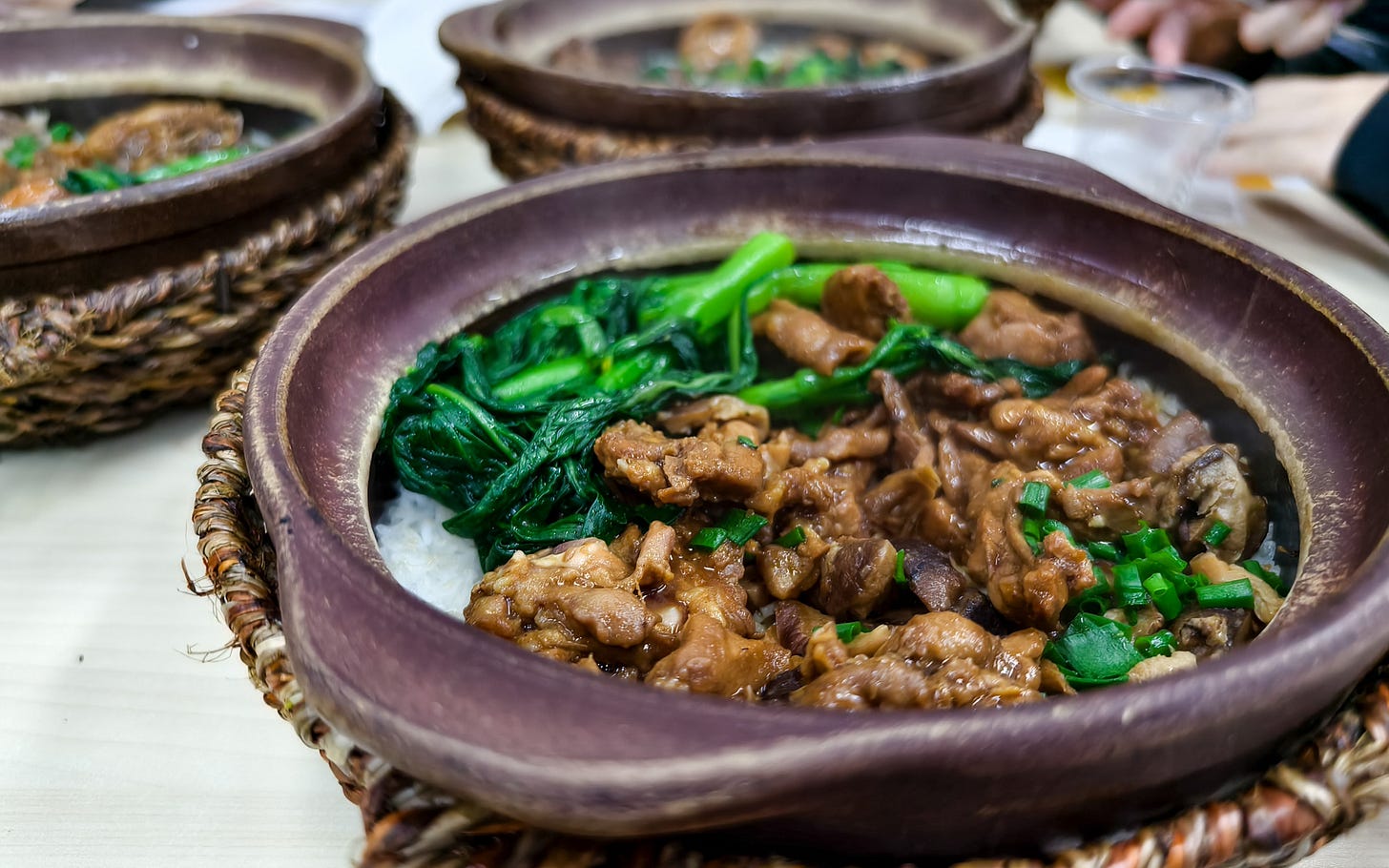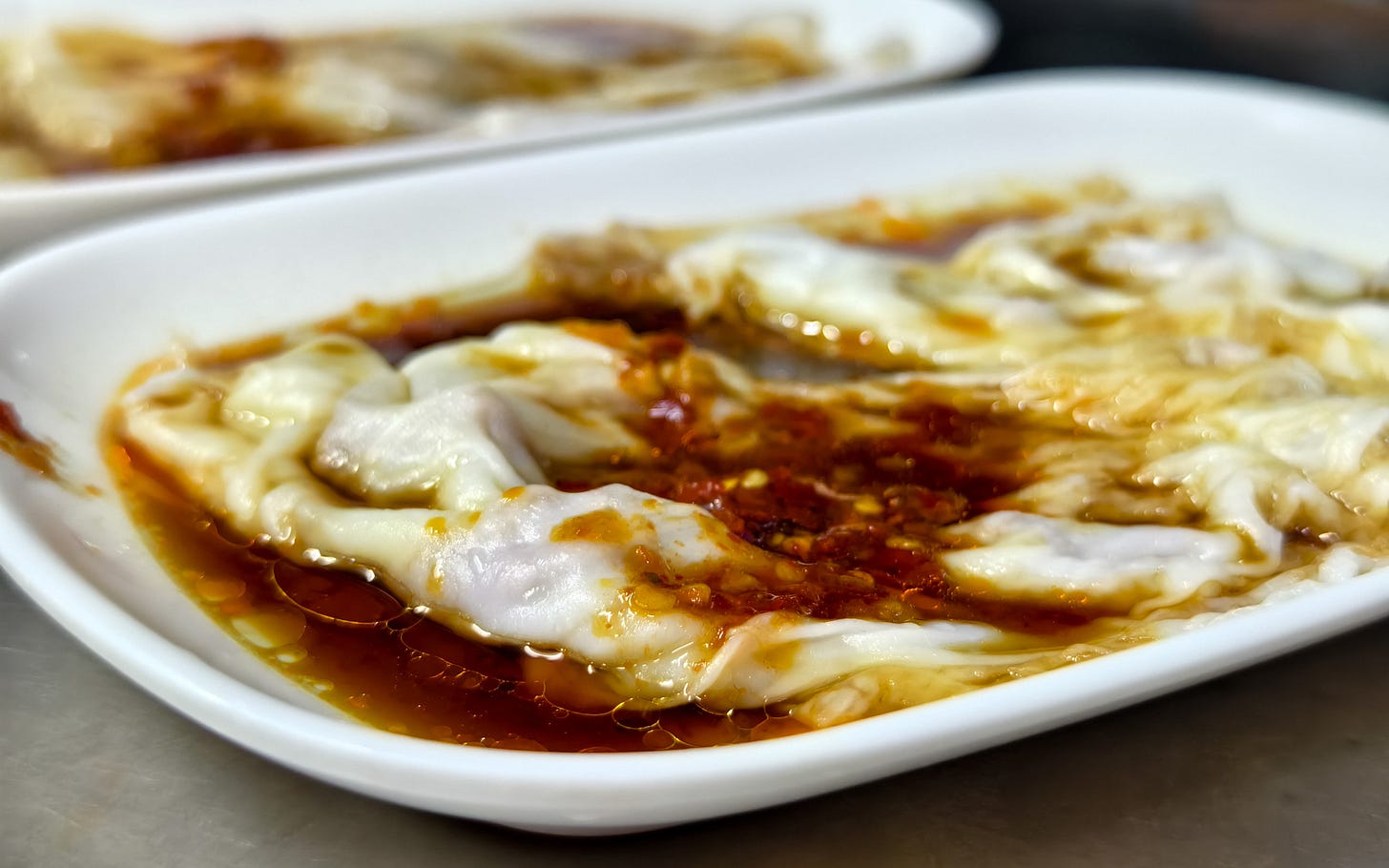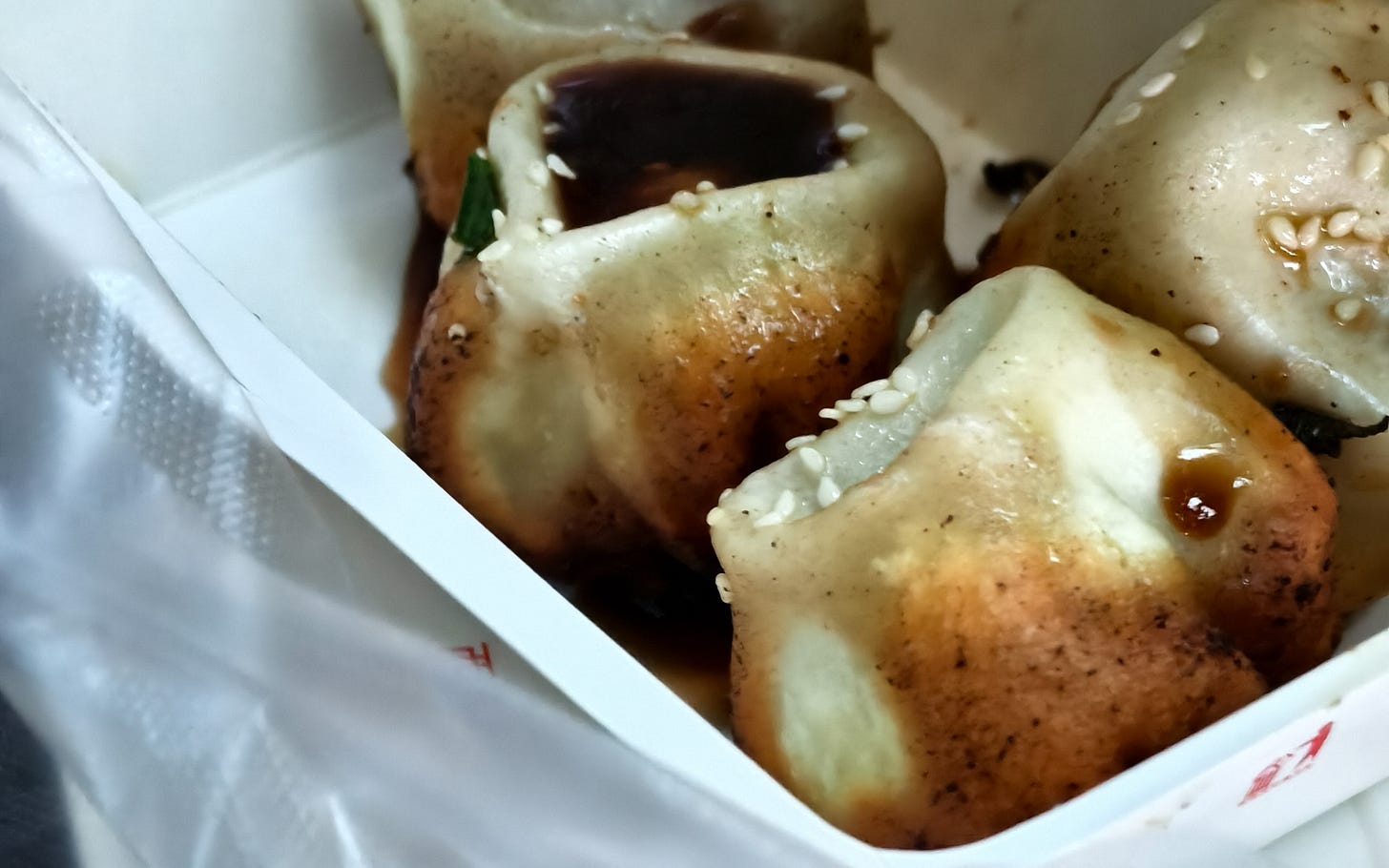You probably won’t be surprised to hear that it isn’t all that easy to navigate China as a foreigner.
You may be more surprised that travelling with four Mandarin speakers doesn’t necessarily help much either.
When I travel, I tend to do so only after meticulous research. Hours are spent trawling Google search results, subreddits, and obscure blogs to find the best tourist sites, attractions, and most importantly restaurants. Before I set foot on a flight I’m equipped with a complete list of the coffee, craft beer, and food at my destination, charted on Google Maps along with a few of the museums and other destinations I can build my eating around.
China makes this tricky, especially once you get further out than Beijing or Shanghai. Located just over the border from Hong Kong and Macau, Guangzhou may be China’s third biggest city by population, and widely considered its culinary capital, but tourist information for Westerners is thin on the ground.
A handful of badly translated tourist sites reel off the big temples and museums, and one or two smaller blogs fill in the gaps, but English-language coverage dries up quickly. Especially for a city whose tourist industry is centred on eating, it’s striking that most restaurant results come from companies trying to book you onto a food tour. Even appending ‘reddit’ won’t get you very far: I only found a load of ex-pats swapping recommendations for burger bars and steak houses - not what I want to eat in the heartland of Cantonese cooking.
The only promising resource we found was the Michelin guide, somewhat of a measure of last resort for me. It lists 118 restaurants across Guangzhou: 18 with stars, 42 marked by the Bib Gourmand, and another 58 simply listed with a recommendation.
So that’s where we started. Wu Cai Ji is one of those further 58 options, an old-fashioned noodle spot not far from our hotel. Armed with Michelin’s terse guidance, we ordered a trio of soups with wontons, beef brisket, and pig trotters, accompanied by deep fried wontons on the side. I’ll save my Michelin rant for another time, but this was a dud of a recommendation: decent noodles let down by unappealing meat and dull broth. Not an auspicious start.
Any restaurants you do find online bring up a second problem: Google Maps sucks. It’s more accessible than I’d expected - our eSIMs seemed to somehow circumvent the Great Firewall and get us straight in - but not much use once you’re on it. Addresses don’t tend to transpose reliably, so finding the right spot can be tricky, and public transport directions are hopeless. Most restaurants aren’t listed at all, and those that are tend to lack photos, opening hours, reviews, or any other information you’d ever want.
Covid hasn’t helped, of course. Whatever you do find is almost guaranteed to be three years out of date right now. That means recent openings are nowhere to be found, but also that older spots have often changed. Case in point, on our first full day we decided to hunt down Yindeng, a dim sum dining hall I’d found described as having “a loyal following from the old locals,” in a 2019 blog post from a food tour group that itself seems to have shut down since then.
The blog’s listed address on the third floor of a hotel happily connected to an actual Google Maps entry with photos, menus, and even a handful reviews - good enough to justify a subway trip to track it down. Getting there, we wandered the hotel foyer searching for signs for Yindeng until a couple of confused but helpful doormen let us know it had long since moved to another neighbourhood. Two more subway stops later and we were nearly there, ultimately having to ask a nearby kid to look it up on his phone and direct us down the street.
We think the restaurant we ended up in is the one we’d been aiming for, but I’m not sure we’ll ever really know for certain. It did serve good dim sum though, rewarding us with the best har gao we’d ever eaten: beautiful parcels of sweet shrimp nestled inside paper thin wrappers. Across two attempts at dim sum this was the only plate that truly felt like a step above the London level, which I suppose either makes me a philistine or a patriot. I’m not sure which would be worse.
At this point you might be wondering why, when travelling with four Mandarin speakers, we didn’t just use a Chinese app.
I promise you, we tried.
Our quintet is peculiarly ill-equipped for navigating modern-day China. Vivian’s parents were our two native Mandarin speakers, but are just old enough to have no experience with Baidu Maps or its equivalents, and absolutely no willingness to learn. Vivian and John are able to make sense of the apps on principle, but neither can read the language well enough to get much out of them. I, of course, brought absolutely nothing to the table.
We did make one discovery from these half-understood apps. Vivian trawled Xiaohongshu (literally ‘little red book’), a TikTok-esque app built around recommendations, and found a promising spot best known for its soup. It took 15 minutes of wandering dimly lit side streets to find Hai Xian Jie Chi Guan, where they were clearly slightly alarmed by the two of us arriving half an hour before closing and asking if they still had soup.
The answer, unexpectedly, was that they had just one, and it was off-menu. Vivian self-describes as having the Mandarin skills of an eight-year-old, which in this case meant the best she could make out was that we were about to be served ‘deceased bean soup’. She must have been at least half-right, as what arrived was a purplish brown concoction of red bean and pork, light in flavour despite its appearance, and oddly refreshing.
We paired it with crisp roast goose and a ‘point at the picture and see what turns up’ order of what ended up being spicy green peppers stuffed with minced pork.
Eventually we realised that Apple Maps was our best bet: English language, mostly trustworthy, and boasting a library of user reviews borrowed and machine-translated from one of the Chinese apps. This led us to decent clay pot rice for our final day, crisped by the hot dish and topped with a bewildering array of protein options, our meal soundtracked by a cacophony of barks and squawks from the neighbouring street of pet shops.
But the best things we ate in Guangzhou came when we admitted defeat, gave up on planning and perfection and simply let the city find food for us.
Those first disappointing noodles were followed by a meander across town for cheung fun, swigging cold lemon and kumquat tea and chasing down a recommendation from who knows where, taking the risk that it might not be open or even exist at all. It was, and it did, and mere seconds after ordering we were delivered the thinnest, most delicate cheung fun of my life, floating in a pool of soy and chilli, hiding tender pieces of meat and offal inside.
After that, half-remembered thoughts of a nearby dessert spot led us to the aptly named Nanxin Milk Desserts Expert, where a small bowl filled to the brim with ginger-laced steamed milk set us right. With the texture of silken tofu, each wobbly spoonful was simultaneously restorative and decadent, a nightcap par excellence, and I only wish we’d lived up to our immediate exclamation that we’d have to return another night for more.
Perhaps perversely, given Guangzhou’s pride of place in Cantonese culture, the best thing we ate in our whole time there wasn’t local at all, and it was the least planned of the lot. Strolling the streets on the hunt for a Swiss roll, we spotted a queue spilling out one door and halfway down the street. Naturally, idiots that we are, we figured the only sensible thing to do was join in (a point Vivian’s parents vehemently disagreed on - they went back to the hotel).
20 minutes and a spot of queue cake later, we found ourselves with two boxes of freshly fried shengjian bao - the Shanghainese pan-fried soup dumplings made popular in London by Spitalfields’ Dumpling Shack. With all due respect to the Shack, these were the best I’ve had, elevated by the endless umami depth of the broth.
For a city sold on the strength of its food, I’ll admit Guangzhou left me a little disappointed. We had more misses than hits, and had to really work at it for them. But it’s just as hard not to wonder if any westerner could do much better given only two days, with all the usual avenues of exploration cut off by the combination of a language barrier and alternate app ecosystem.
But there’s a welcome reminder in here too. I’m prone to the temptation to over-optimise when I travel, to plan every coffee break and dinner time, and in turn stress when those plans don’t perfectly come together. I’ve had some of the best meals of my life that way, but I’ve probably missed just as many, passing them by because they didn’t fall into the plan.
I can’t promise my next trip won’t start with an exhaustive Google Maps session, but maybe I’ll leave a little wiggle room in the schedule for surprise shengjian bao.


